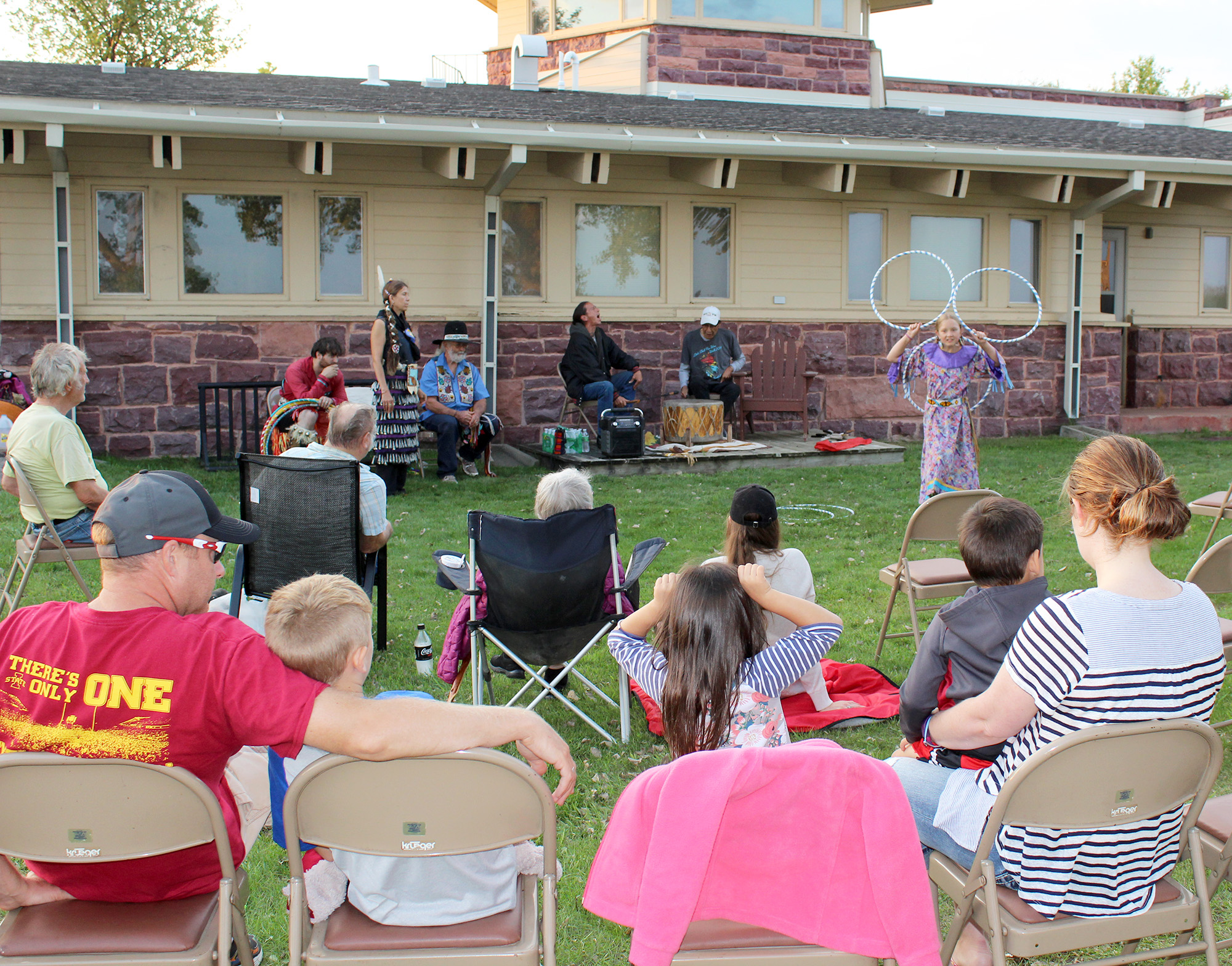 ,
, 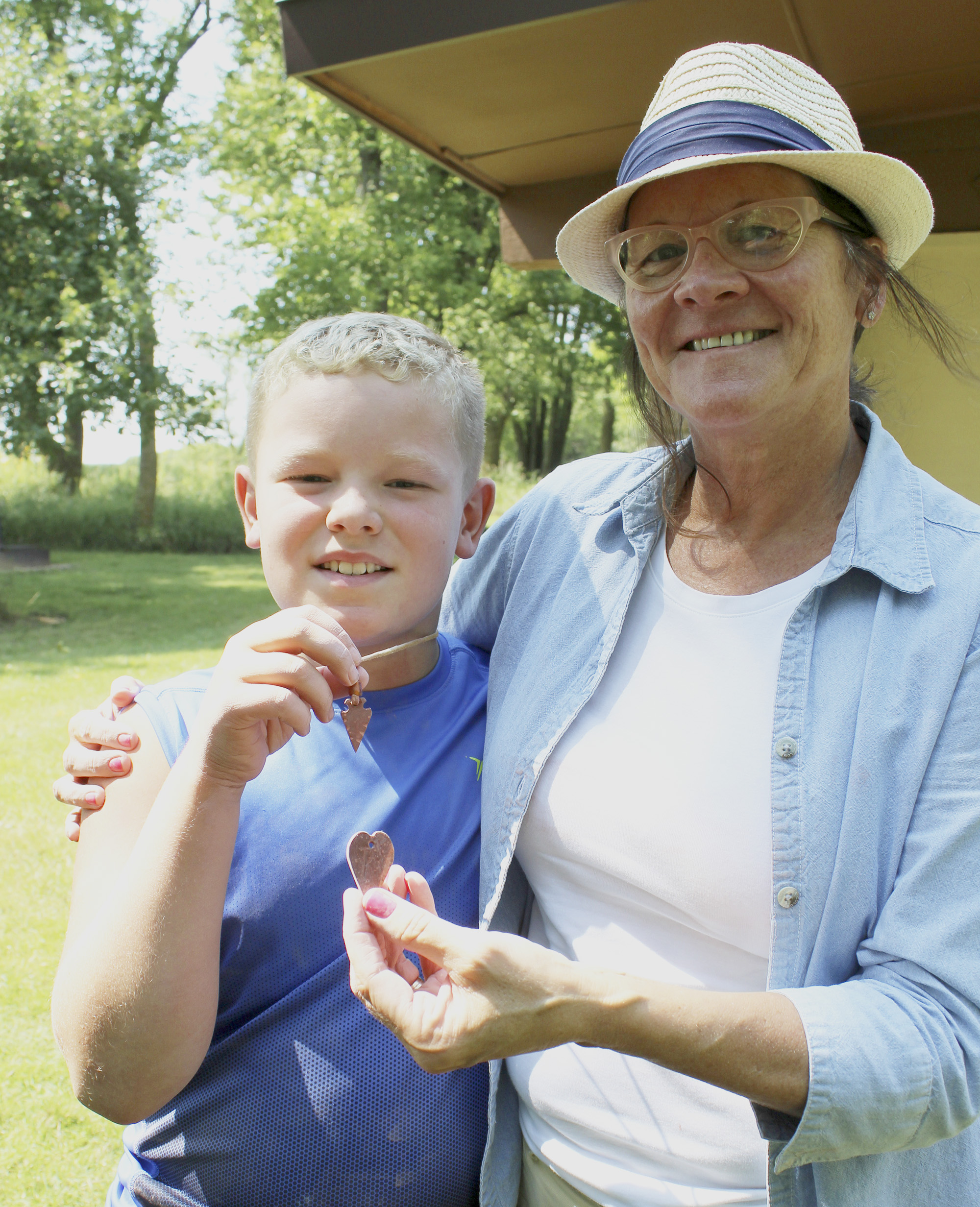 ,
, 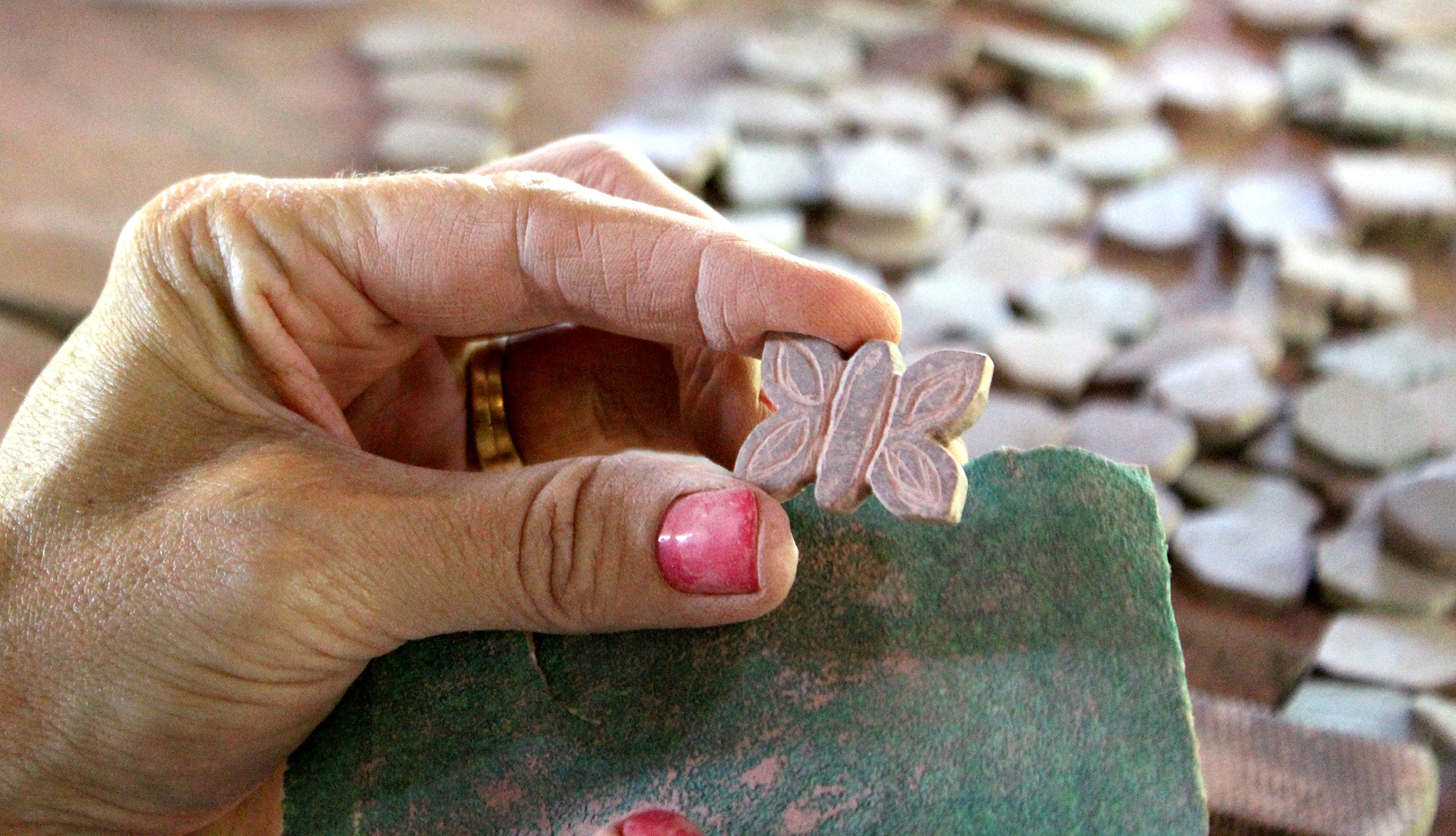 ,
, 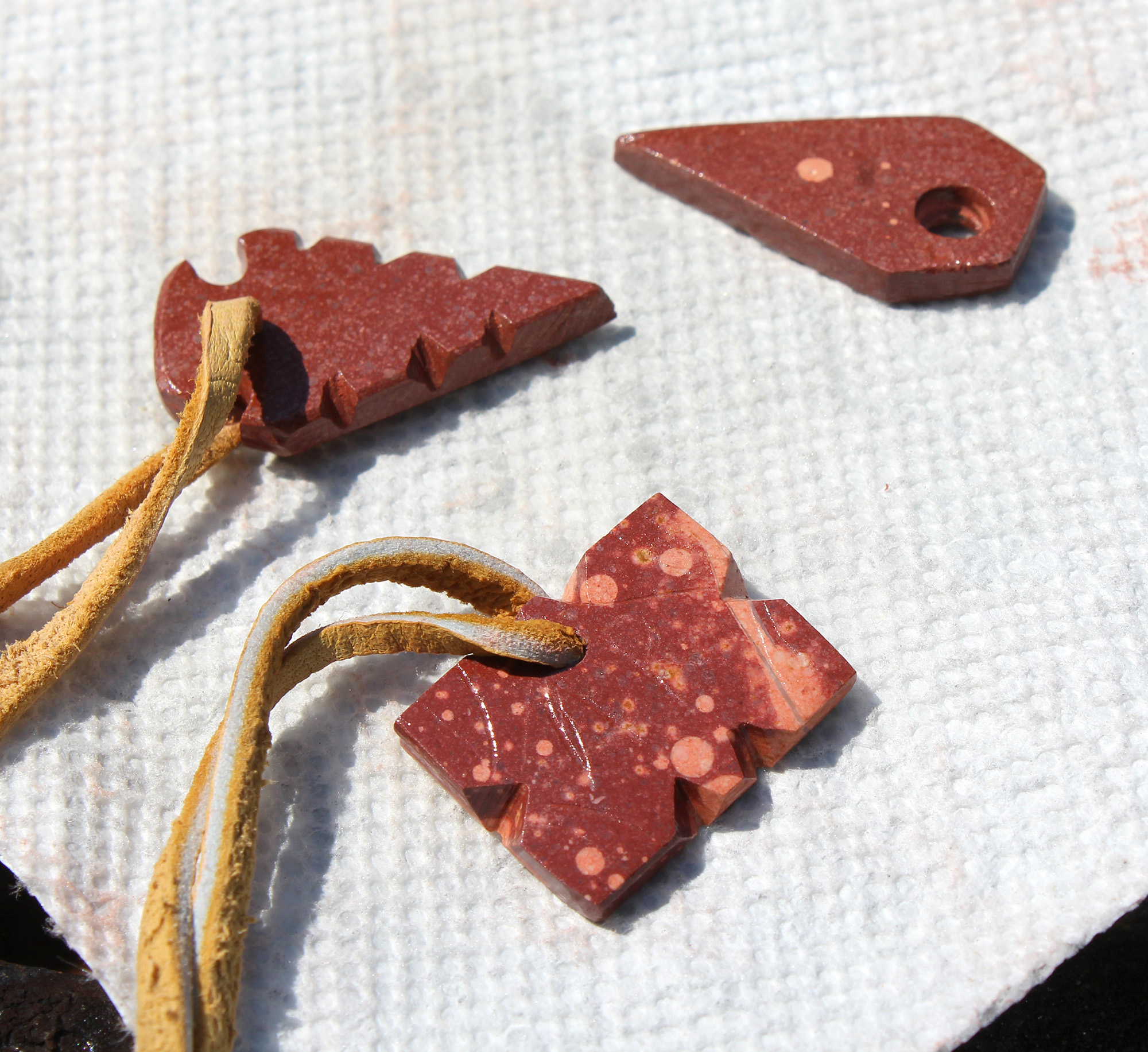 ,
, 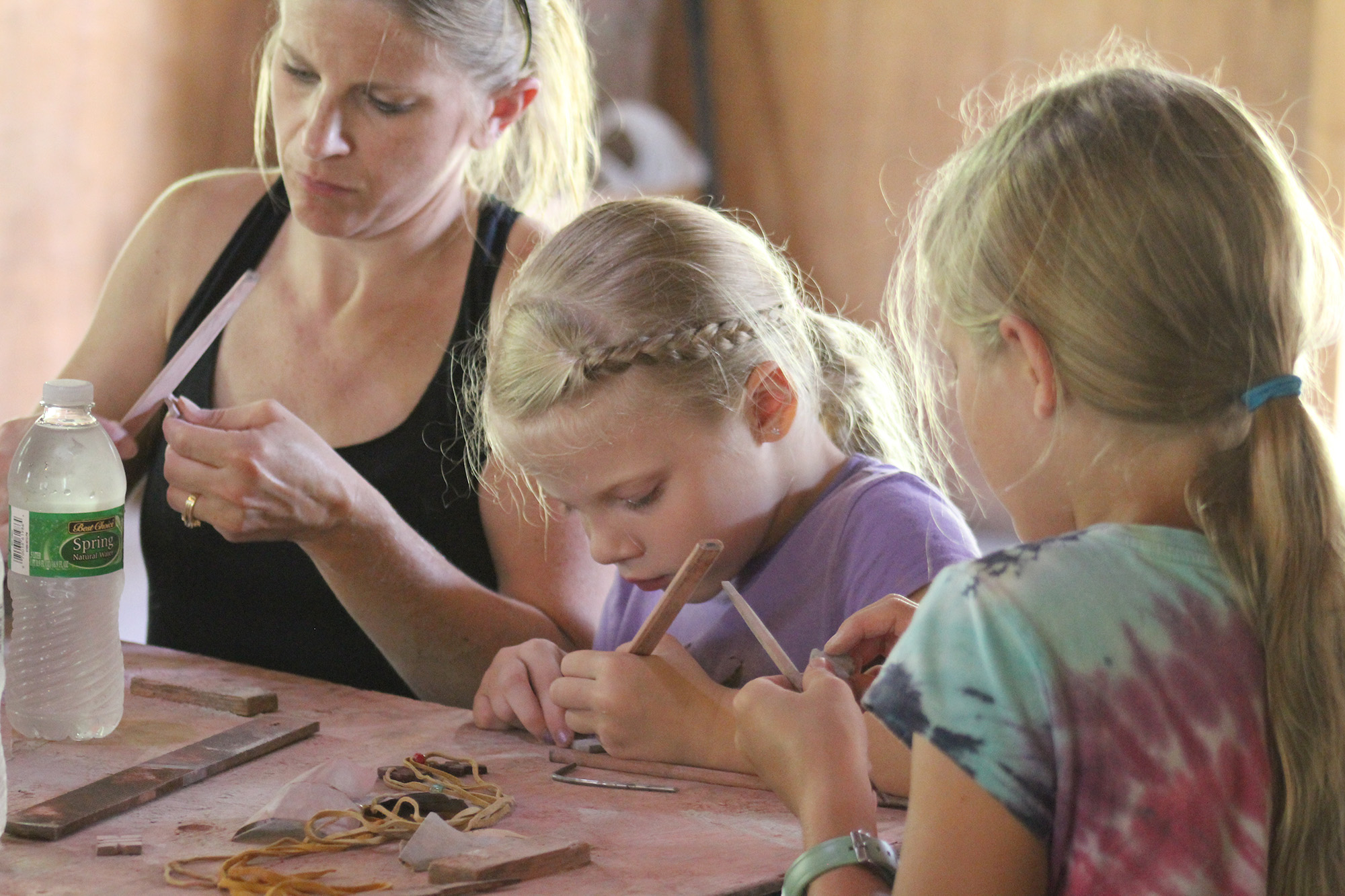 ,
, 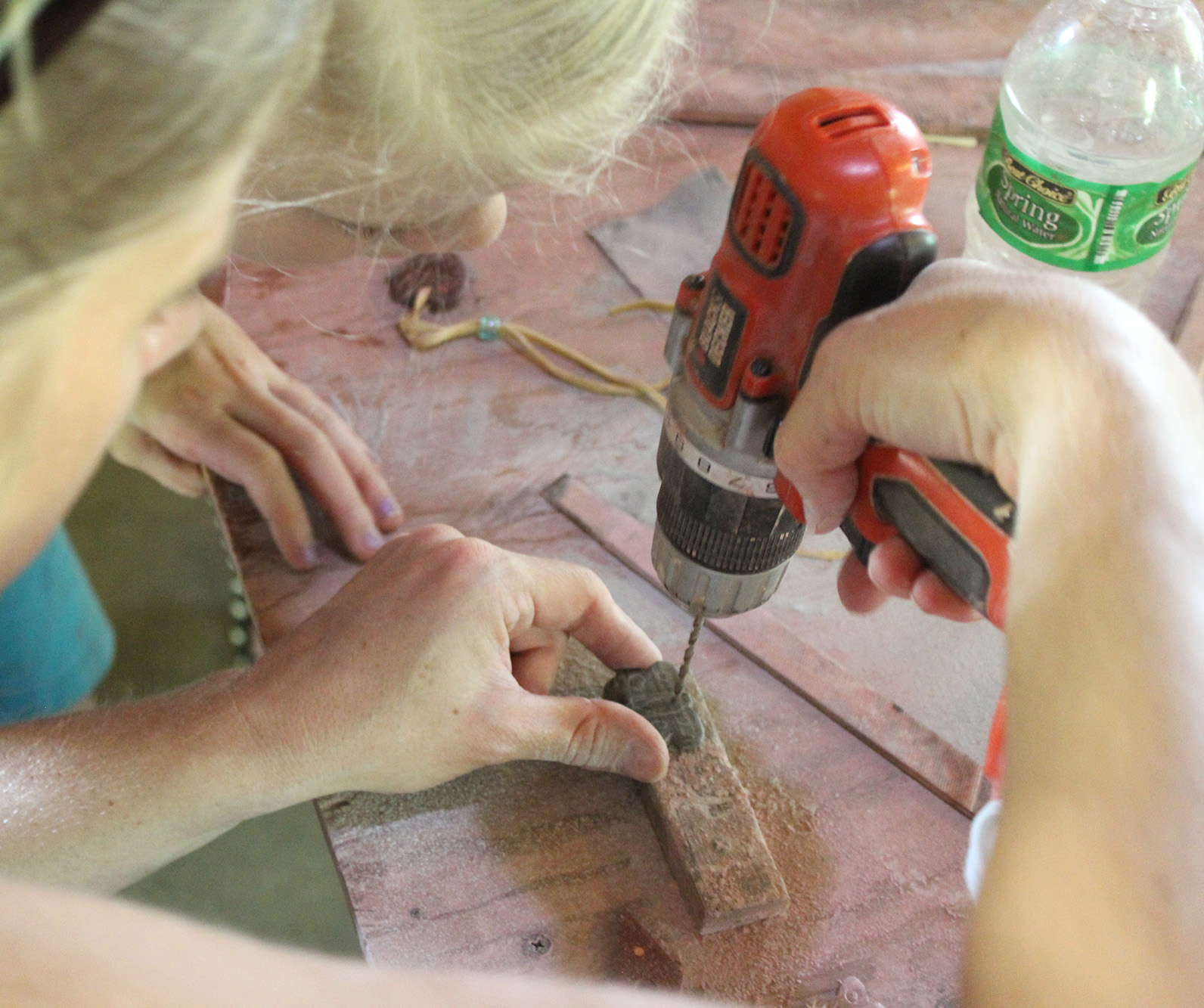 ,
, 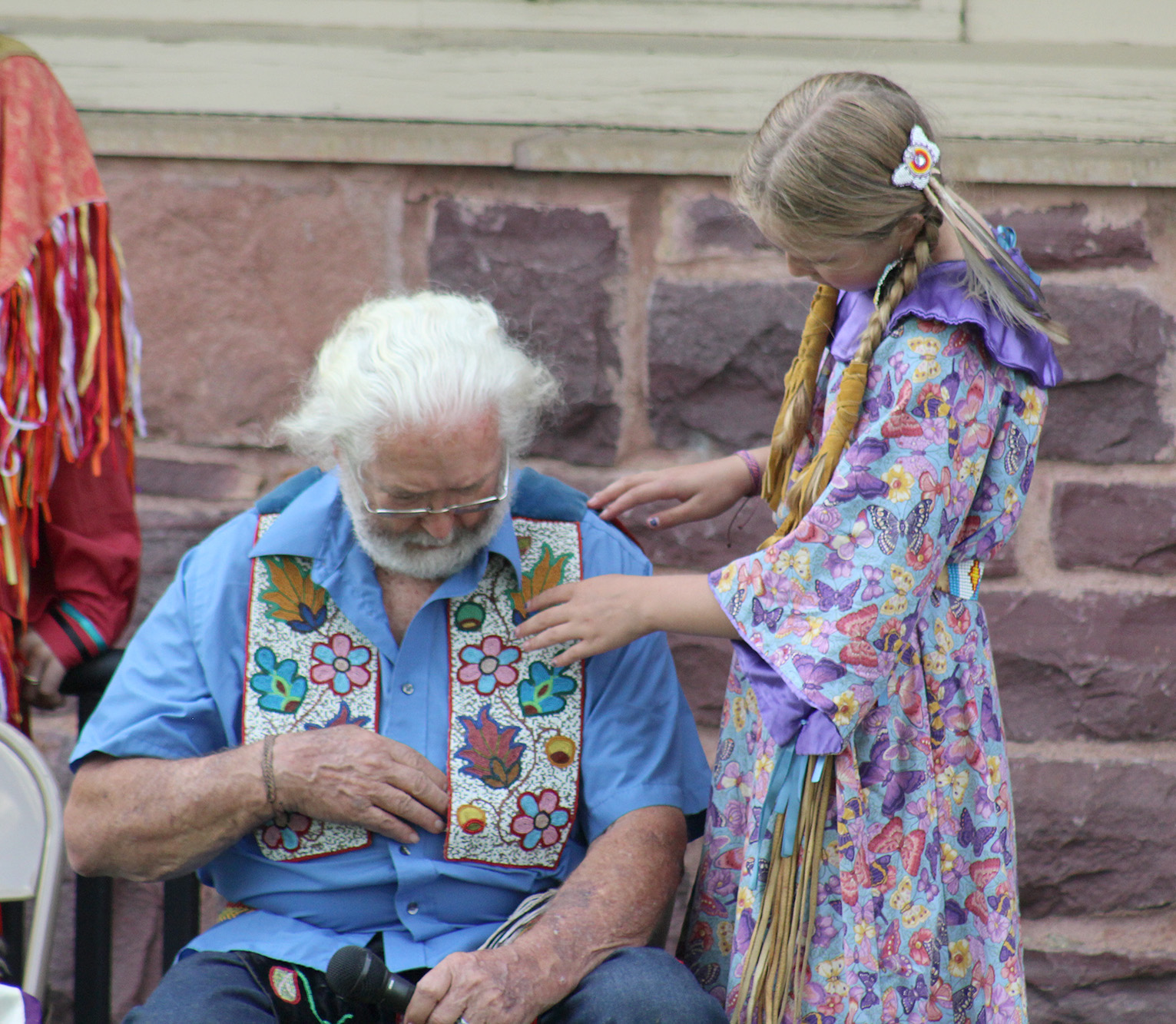 ,
, 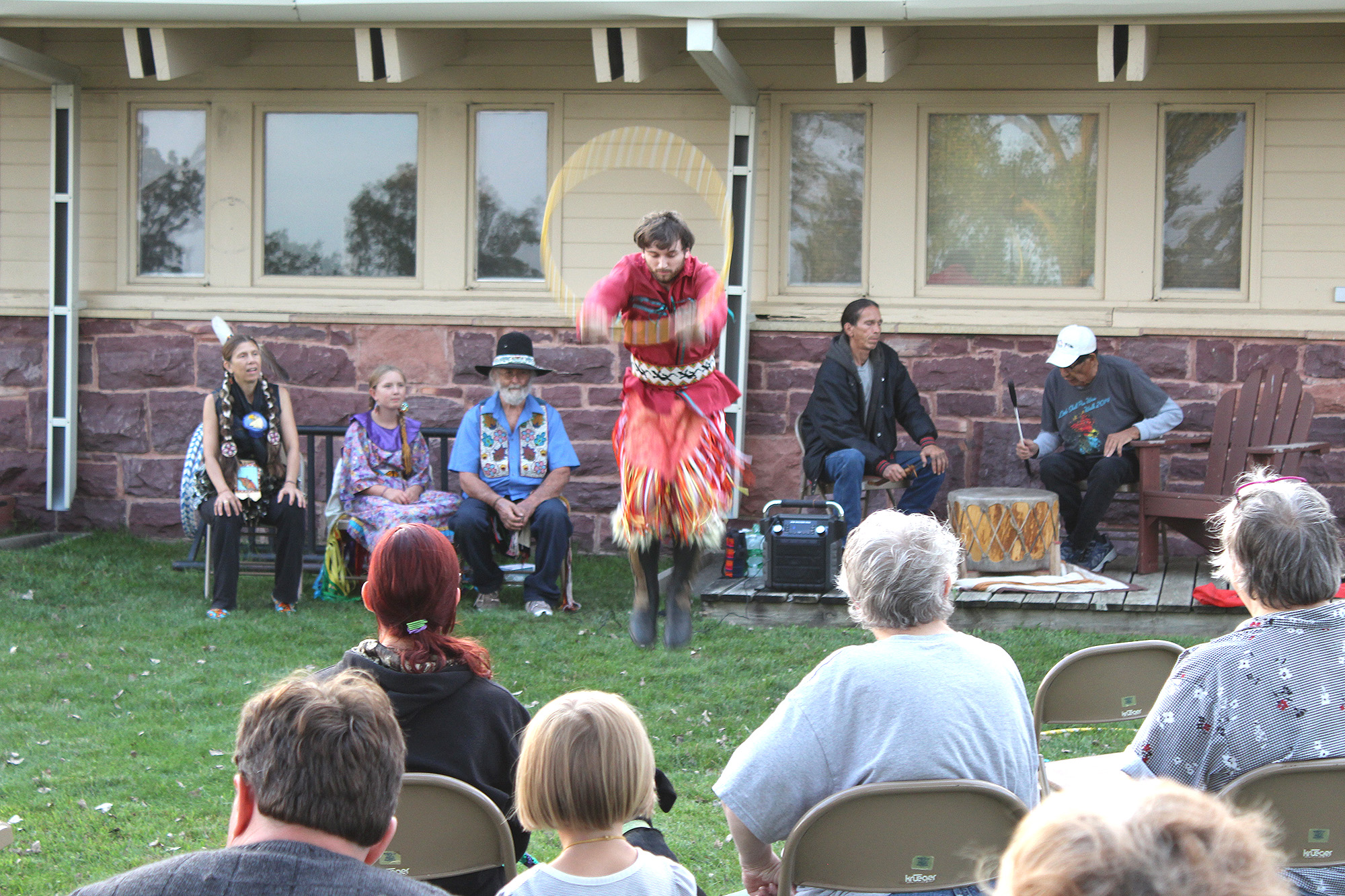 ,
, 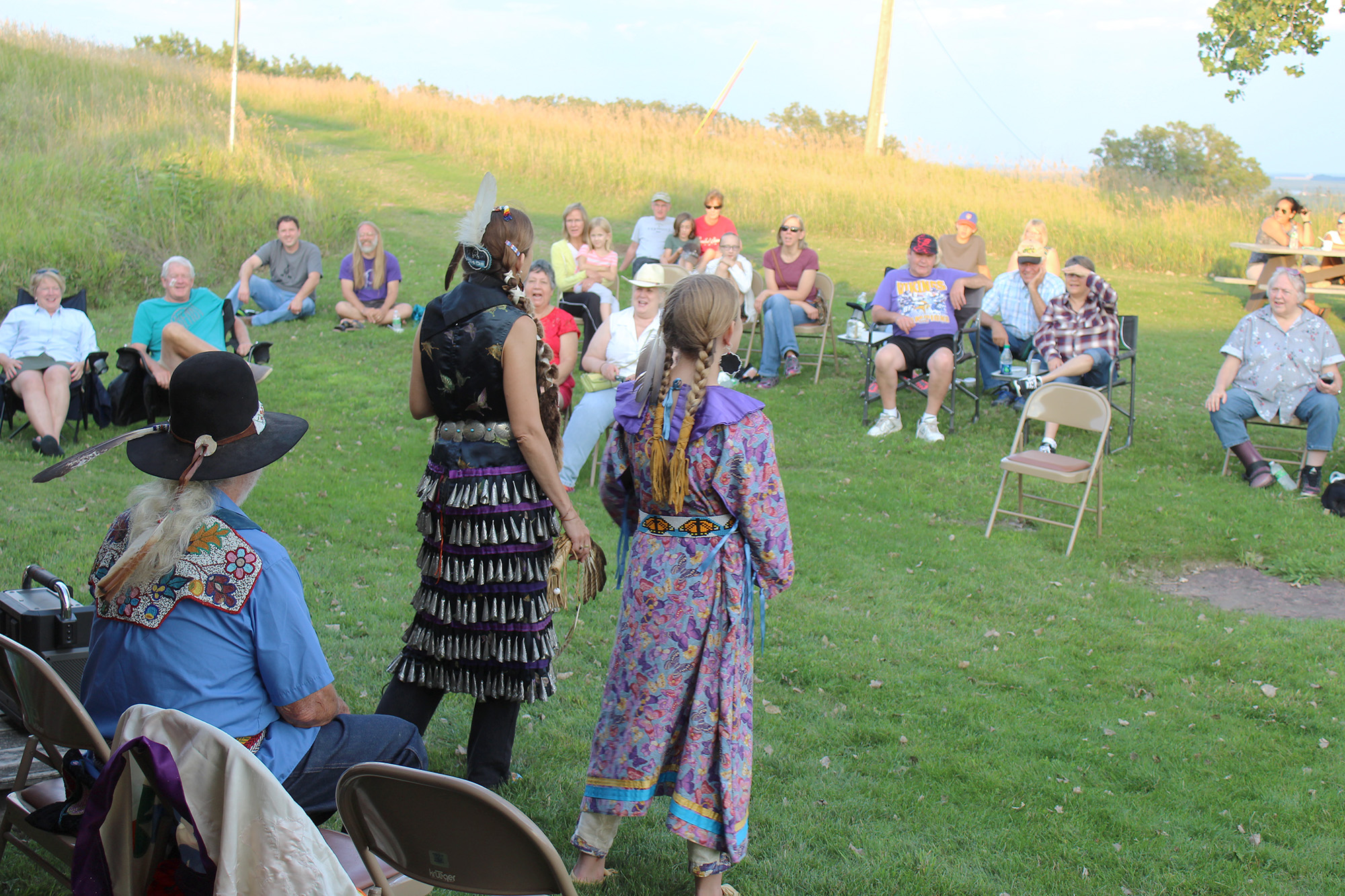 ,
, 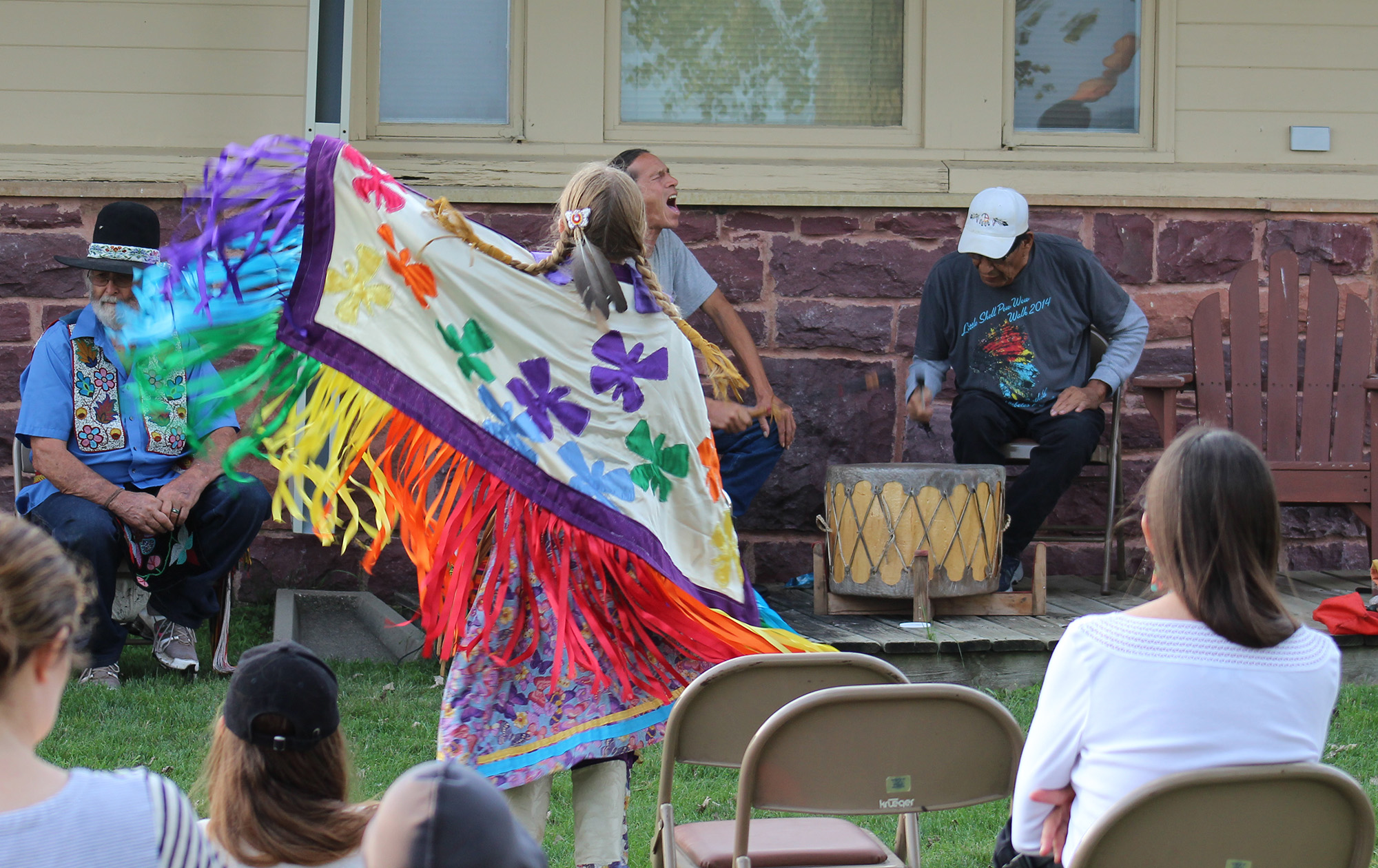
When Luverne’s founding father Philo Hawes decided to relocate his family home to the banks of the Rock River more than 150 years ago, he was following a well-worn path created by the area’s Native Americans.
Francis “Bud” Johnston and his wife, Rona, of Flandreau, South Dakota, brought a little of Luverne’s early history to life Saturday when the couple hosted an afternoon rock-carving workshop followed by an evening powwow event.
Luverne Area Chamber coordinated the two events in a yearlong celebration of Luverne’s 150th birthday.
Bud Johnston said Native Americans have been in the area for 2,000 years, but no tribe made the Luverne area home for very long.
“Almost all of our deciduous people were nomads,” he said. “Blood Run was a big trade area.”
Dozens of tribes would travel around the area’s wetlands to Blood Run located on the Iowa-South Dakota border. Their frequent trips developed an east-west corridor through the Luverne area, Johnston said.
Similarly a north-south corridor through the Luverne area was also created as Native Americans traveled to and from a sacred quarry site near Pipestone.
The soft red rock was collected and carved into peace pipes and other stone items by the Native Americans. The well-hidden location of the pipestone blended into the numerous outcroppings of similar-looking Sioux quartzite, a very hard stone.
The pipestone quarry is now part of the Pipestone National Monument.
Europeans like the Hawes family used the same corridors as they and other pioneers moved through the area. They often traded with the nomadic tribes.
“People bring in plates and peace pipes from family members,” Johnston said. “They received them as a ‘thank you’ for letting them stay (near their homesteads),” he said.
To protect and educate the public about Native Americans and their traditions, Johnston co-founded “Keepers of the Sacred Traditions” in 1996 in Pipestone.
More than 35 different tribes around the world are members and the Johnstons travel the world coordinating various activities including stone carving and powwows.
Popular Native American activity comes to state park
Stone-carving is a popular education activity for the Keepers organization, according to Johnston.
The activity is made easy, even for those who don't consider themselves artists.
“I was hoping they learn what a positive feeling the stone gives them,” he said.
Susan Marone received a very positive feeling as she took a preformed piece of pipestone and finished it into a butterfly in a hour.
“Every time we see a butterfly, we think of lost loved ones,” Marone said.
The Sioux Falls woman brought her grandson, Tyson Fesler, to the Saturday event. The two joined about a dozen others.
Participants used various rasps, rattail and finishing files to fashion an arrowhead, heart or a butterfly out of the pieces of pipestone
“I am surprised at how soft it is,” Marone said.
Johnston said the pieces were left over from making peace pipes.
“They (the pieces) were not pipe-worthy,” he said.
Heather Johnson of Luverne and her girls Ashlyn and Luella already knew of the stone’s softness, having watched the pipe-making demonstrations during a recent visit to the Pipestone National Monument
“I thought it would be fun to do it ourselves,” she said.
Powwows gathered various tribes in celebration
Almost 50 people witnessed a traditional powwow Saturday night with several audience members joining in on a group dance to end the hour-long presentation.
Rona Johnston said powwows are seen as social gatherings between tribes as they try to piece together various Native American traditions.
She said decades of government intervention to erase and/or combine reservations into smaller land parcels forced many Native Americans to abandon their traditions.
Powwows are slowly allowing adults to piece together different childhood memories by sharing their experiences among each other.
“They fill in the gaps for one another,” she said.
Dance styles are among the memory gaps.
Cammas Johnston and Pascal Quarrella joined their parents, Bud and Roma, in demonstrating a few of the dance styles.
Among the demonstrations were the grand entry, crazy dance, grass dance and hoop dance.
Each of the styles was accompanied by a story such as the one told before the grass dance.
“The 5-foot-tall prairie grass needed to be tapped down before a powwow,” Bud said.
Symbolism is featured in the hoop dance with the use of hula hoop-type props.
“We all hold one hoop that’s our hopes and dreams,” Cammas Johnston said before she intertwined five hoops in her demonstration.


